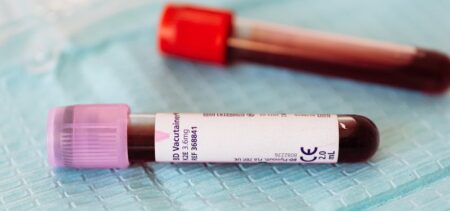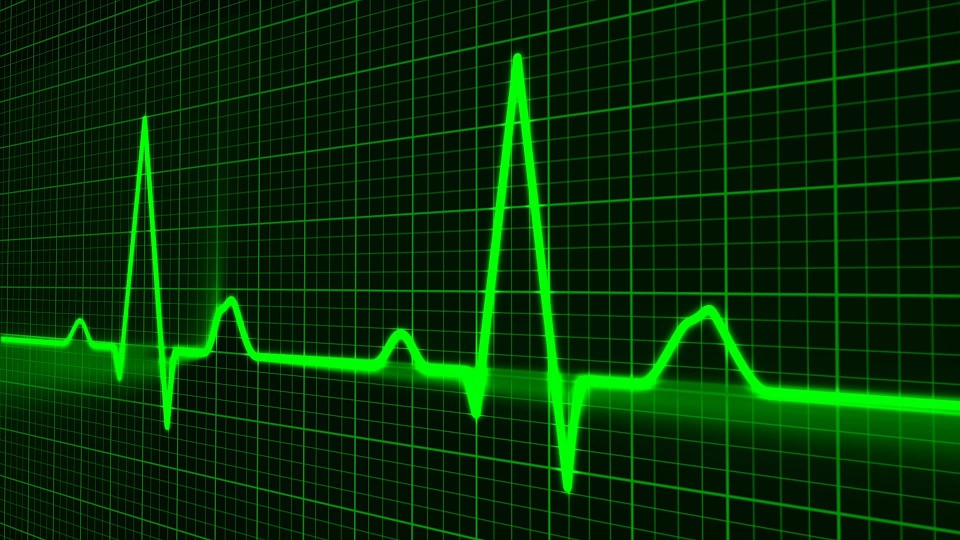Salt is traditionally associated with flavor, aroma, dynamism and generally with a state of well-being. “The salt of life” translates into the extra-value that improves all the other elements in someone’s life. Yet our society declared a war on salt (sodium intake) in alimentation. This is due to the health issues coming from adding salt into food.
The no salt regimen or diets are widely popular. States and international bodies support salt reduction campaigns and related educational materials. Audio and video messages instruct people to reduce their salt intake. Some recommend even to go without it, in order to ameliorate health issues. Being overweight, obese, or having cardiovascular problems are on the list.
However, how scientifically accurate are these large scale messages?
Do people get better health parameters and an increased level of well-being once they start eliminating salt from their diet?
The answer might not be a clear one, since the debate is ongoing. Legitimate recent research reports invalidate the idea that salt is dangerous. The no-salt supporters have contested these studies. On the other hand, the original allegation that claims that salt is bad for health (and which is at the origin of this worldwide shift in diet) has its own contestants.
What to do of all these, when trying to decide upon a healthier way of eating? We have tried to gather the pro-salt opinions for you. The purpose is to offer an overall image of this issue, as it has recently re-emerged. It is also important to find the balance when it comes to healthy and tasty food.
The Lancet study
Generically entitled by online sources as the “Lancet review”, a 2016-published study covered 133 118 individuals. “Associations of urinary sodium excretion with cardiovascular events in individuals with and without hypertension: a pooled analysis of data from four studies”, lists as findings quite a few data. The object is sodium excretion in relation with the sodium intake. The study also interprets this data this way: “high sodium intake is associated with an increased risk of cardiovascular events and death in hypertensive populations (no association in normotensive population), while the association of low sodium intake with increased risk of cardiovascular events and death is observed in those with or without hypertension”.
In other words, a high sodium intake exposes people to cardio-vascular risks. This fact is widely accepted by both specialists and consumers. However, a low sodium intake is also counter indicated due to similar, if not worse effects.
No optimal sodium intake recommendations so far. Nevertheless, we keep on searching…
Another source, whose article has the same Lancet study as a pretext, mentions that The Dietary Guidelines for Americans. DGsA recommend the daily intake of less than 2,300 milligrams of sodium. This would represent 1 teaspoon of salt.
Indeed, we have to underline here that sodium does not automatically equal salt or vice versa. Here is how to convert grams of salt into milligrams of sodium. One teaspoon of salt would provide the daily-recommended quantity per individual consumer.
Now, do you have any idea how much salt, teaspoon-wise, would it take to make a soup or a steak taste good? It takes quite a few cross-calculations, in terms of portions, servings and of course, the individual cooking style. Most of the the food some of us order in restaurants is salted to taste good. This may bring it way over the recommended quantities, unless expressly asked otherwise. Therefore, be warned.
In addition, there is another notable thing to consider. Aliments also contain sodium by nature. Therefore the salt (and its sodium equivalent) you actually add while cooking should consider just how much sodium your ingredients come with in the beginning. Here are some examples of sodium content charts for various foods.
Different numbers, the same suspicion of risks for low sodium intake
The source of official recommendations for low salt intake, as well as for the repeated government-sponsored warnings, resides in the 1960s-1970s. Lewis Dahl performed research on lab rats. He experimented with giving 50 times more salt (the rat-adapted equivalent was 50 times more than the usual western world daily human intake) to the animals on a daily basis.
The researcher actually studied the genetics of salt-induced hypertension. More exactly, he researched the genetic susceptibility for hypertension in societies, in relation with the culinary habits, through the angle of sodium intake.
The Salt Institute warned readers on the dangers of a low salt diet in a 2015 comprehensive article that mentioned a few relevant studies over the recent years
According to this source, the average American ingests about 3,400 milligrams of sodium daily. A 2014 study found that a healthy sodium consumption range lies somewhere in-between 3,000 and 6,000 mg daily. Compared to the numbers above, these figures may leave some puzzled when it comes to determining what quantity is actually right for a healthy diet. Let’s remember how salt “allows nerves to send and receive electrical impulses, helps your muscles stay strong, and keeps your cells and brain functioning”. This makes the idea of finding out how much salt is too little even more pressing.
Recommendations coming from the USDA and the American Heart Association insist on limiting sodium to at least 2,300 mg per day and even as little as 1,500 mg per day. When people are aware of cardiovascular issues and try to keep them under control they should go for 1,500 mg. Nevertheless, ingesting less sodium than the body actually needs can increase the risks of cardiovascular mortality or type 2 diabetes. Developing higher plasma levels of renin, cholesterol, and triglycerides is also possible.
Dangers in over-restricting the sodium intake
In a much clearer approach, among the dangers of restricting the sodium intake without a specialized supervision and further monitoring are:
- Increased insulin resistance (in healthy people, too);
- Increased risk of death due to heart failure;
- Risk of raised LDL cholesterol and triglycerides;
- Increased hyponatremia risk.
In conclusion, deciding upon exactly how much sodium an individual should consume daily is a delicate matter. Only by trial-and-error or with the help of a skilled healthcare specialist can the average numbers properly fit the particular case of each person. A certain type of personalized medicine should apply to all preventive or ongoing diet restrictions. Otherwise the wrong quantities may disrupt the organism’s delicate balance, starting from a molecular level.


























